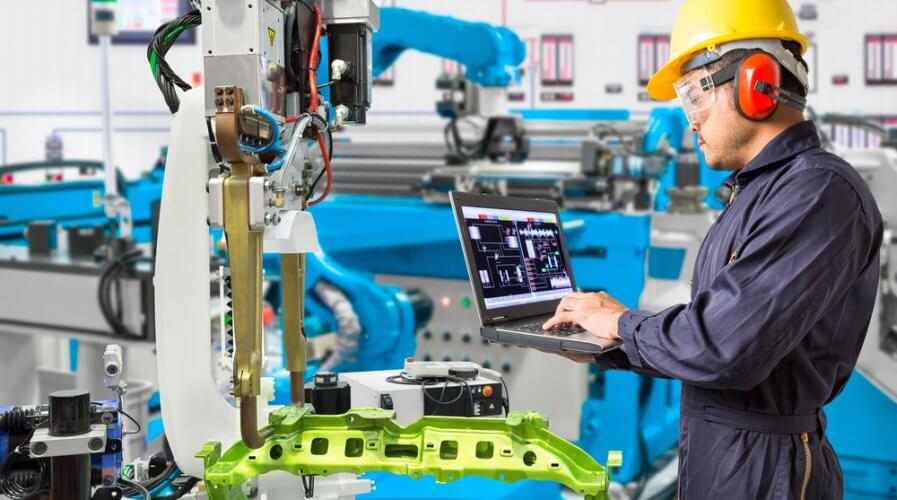
Manufacturing can add US$ 387 billion to Asia Pacific’s GDP if they embrace digital transformation. Source: Shutterstock
Manufacturing can add $387b to APAC’s GDP
THERE is a potential to add an extra US$387 billion to Asia Pacific’s GDP by 2021, with an additional 1.0 percent growth annually. That is if the manufacturing sector undergoes a digital transformation.
Microsoft released a study titled Unlocking the Economic Impact of Digital Transformation in Asia Pacific, which outlines that digital transformation can help the region grow significantly. The study was done in partnership with IDC Asia/Pacific.
Unsurprisingly, the study stresses the importance of digital transformation. Numbers showed that those who’ve started their digital transformation journeys have seen 13 to 17 percent improvements in their business. IDC estimates at least 40 percent improvements in three years.
According to the study, leaders in manufacturing are more likely to have a key executive leading their efforts in digital transformation. Interestingly, they are also least likely to have allocated budget for it. The study found that organizational behavior tends to be more siloed in manufacturing, resulting from lesser agility and collaboration across teams.
As highlighted in the study, respondents are aware that change is imperative; most expect around 85 percent of jobs in the sector being transformed within the next three years. Victor Lim, Vice President IDC Asia/Pacific suggests that organizations address the cultural challenges and skills gap in the industry.
“Ultimately, manufacturing organizations need to move from process automation to a holistic, enterprise-wide transformation in order to attain competitive advantages,” shared Lim.
“There are three approaches to this – first, the organization needs to develop a digital culture, followed by having a structured approach to the use of data, which is supported by introducing new technologies into the workstreams.
“Ultimately, a successfully transformed manufacturer will see the development of a digital supply chain whereby there is a fully automated feedback loop within the ecosystem to allow for full control, coordination and visibility across all parties. Additionally, working with a trusted technology partner is crucial for the success of organizations in their digital transformation journeys.
Along with the results, the study recommends a three-step data strategy for businesses looking to embark on their own digital transformation journey:
Collection of Data: Organizations need a data strategy to manage structured and unstructured data within the workstreams. Investing in big data analytics and IoT solutions, manufacturers can better collect and sort data in a cohesive manner.
Optimisation of Existing Products and Services through Data: Taking advantage of data, manufacturers can optimize processes, supply chain, and deliver improvements to existing product and services. Big data analytics, machine learning, and artificial intelligence help businesses improve efficiencies through predictive analysis.
Creating New Business Models with Data: Use data to create new value chains and services (i.e. predictive maintenance, 3D Modelling and Smart Operations).
The study was based on the survey of 1,560 respondents across 15 markets in the region. Six hundred and fifteen business leaders surveyed are from the manufacturing sector.
READ MORE
- Safer Automation: How Sophic and Firmus Succeeded in Malaysia with MDEC’s Support
- Privilege granted, not gained: Intelligent authorization for enhanced infrastructure productivity
- Low-Code produces the Proof-of-Possibilities
- New Wearables Enable Staff to Work Faster and Safer
- Experts weigh in on Oracle’s departure from adland


